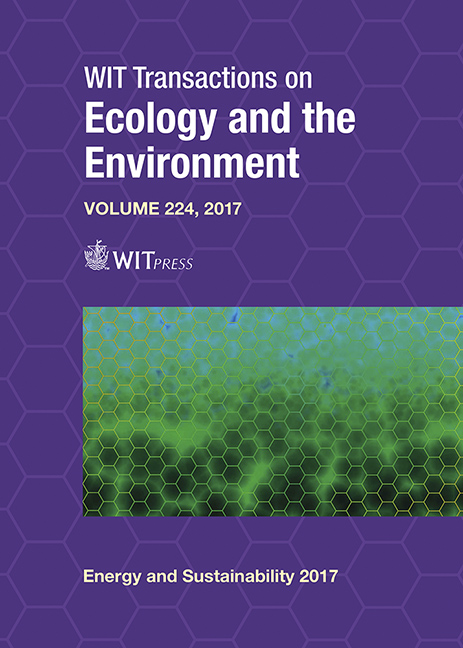DESIGN PROCEDURE TO OPTIMIZE THE PERFORMANCE OF A TIDAL CURRENT TURBINE BLADE
Price
Free (open access)
Transaction
Volume
224
Pages
10
Page Range
375 - 384
Published
2017
Paper DOI
10.2495/ESUS170351
Copyright
WIT Press
Author(s)
CHUL-HEE JO, KANG-HEE LEE, SU-JIN HWANG
Abstract
The key element for converting in-line flow energy into rotational motion is a tidal turbine, which is one of the crucial components directly affecting the performance and efficiency of a tidal energy convertor. The tidal turbine is designed using blade element momentum theory as it has large similarities to the wind turbine. However, differences exist in the range of Reynolds number and fluid properties that should be considered for tidal turbine design. In this study, an airfoil was selected for the section of the tidal blade, and the 2D performance was evaluated by a verified computational fluid dynamics (CFD) method to optimize the blade shape. Based on this procedure, a horizontal-axis tidal turbine of 10 m diameter was designed considering the operating conditions. The performance of the designed turbine has been evaluated using three-dimensional CFD analysis and compared and validated with the experiment using a 1/20 scaled model in the circulating water channel to optimize the performance of the turbine in water.
Keywords
tidal current power, horizontal axis turbine, blade element momentum theory (BEMT), tidal energy convertor (TEC)





